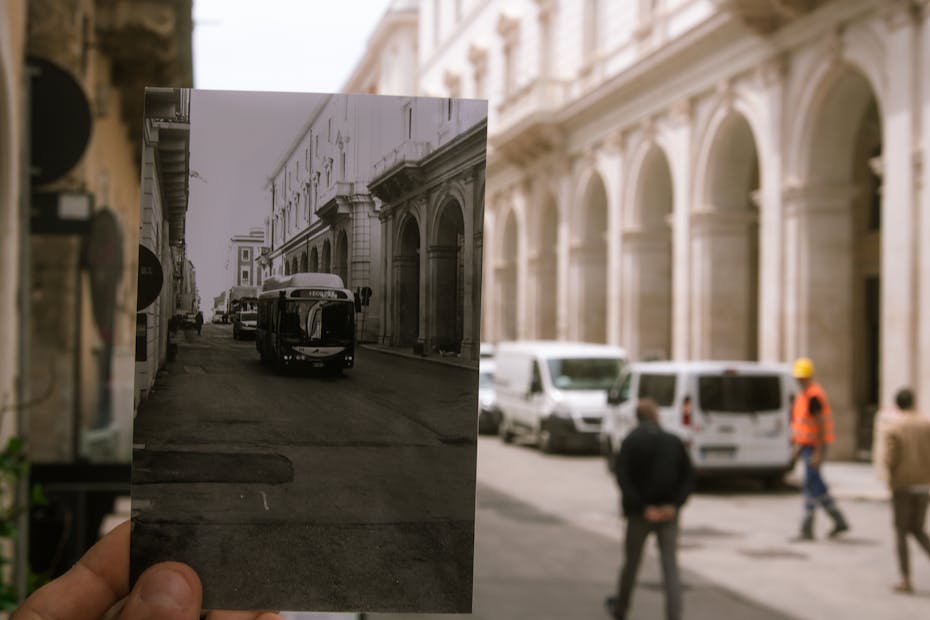In an age obsessed with documentation — from photographs to data archives — we often overlook a subtler form of remembrance: architectural memory. Buildings, whether ancient ruins or modern interiors, do more than house activity. They hold time. They absorb and transmit stories. They remember what we forget.
Architecture has always been a medium through which collective memory finds form. From sacred monuments to abandoned factories, space retains a record of human experience, often more powerfully than language. And in an era when histories are contested, erased, or commodified, architectural memory plays a vital role in shaping how we remember — or choose to forget.
What Is Architectural Memory?
Architectural memory refers to the way buildings and environments carry traces of the past, either deliberately through design or accidentally through use and decay. It includes historical references, cultural rituals, patinas of age, spatial organization, and even the emotional resonance that accumulates in spaces over time.
Unlike photographs or writing, architecture stores memory materially. A worn marble stair tells of centuries of foot traffic. A bullet hole in a facade may recall a war. A quiet courtyard in a former hospital might evoke both healing and sorrow.
This memory isn’t passive. It informs how we behave within space — how we pause, what we honor, and even what we fear.
Memory as Design Intent
Many buildings are designed specifically to hold memory. Memorial architecture, for instance, is a field where the role of remembrance is foregrounded. Projects like the Holocaust Memorial in Berlin or the 9/11 Memorial in New York are not only symbolic—they are spatial environments that shape emotion, perception, and contemplation.
But even outside the realm of official monuments, architects often embed memory into form. Local materials, traditional geometries, or construction methods can link a project to a specific place and its history.
Take the work of architect Peter Zumthor, whose Therme Vals in Switzerland evokes ancient stone baths not by mimicry, but through the atmosphere of stillness and ritual. Here, architectural memory is not a literal narrative but a tactile mood.
How Buildings Accumulate Memory
Not all memory in architecture is designed. Much of it accumulates through use, weathering, and human interaction.
- Material decay: Rust, moss, faded paint — these signs of age act like wrinkles on a face. They mark time.
- Adaptation: When a church becomes a bookstore or a factory becomes loft apartments, the layering of programs creates rich spatial palimpsests.
- Inhabitance: Personal artifacts, graffiti, or even smells become part of a space’s remembered identity.
Consider the example of abandoned buildings. Even in ruin, they tell a story — perhaps more honestly than pristine facades. The crumbling walls of a school closed decades ago may evoke more potent memories than any archived report ever could.
This type of memory is not always romantic. It can also expose trauma, injustice, or neglect. That’s part of its power.
Erasure and the Politics of Forgetting
Where there is architectural memory, there is also architectural forgetting.
Urban redevelopment often erases buildings that are inconvenient to remember — sites of protest, labor struggle, or minority communities. Bulldozers don’t just remove structures; they often remove narratives.
This raises urgent ethical questions. When a city demolishes a historic district for a new commercial center, what memories are being overwritten? And whose memories are deemed worth preserving?
The tension between preservation and progress lies at the heart of how we use architectural memory. It’s not just about conservation — it’s about choosing what deserves to remain visible.
Designing with Memory: A New Approach
Contemporary architects are increasingly aware of the emotional and cultural charge that memory can carry. This has led to a rise in projects that reinterpret rather than replicate the past.
Some strategies include:
- Incorporating salvaged materials into new buildings, embedding literal fragments of the past.
- Retaining original footprints or outlines in the landscape, such as shadow foundations or ghost walls.
- Creating narrative journeys within buildings that guide users through memory layers, often through contrast and tension.
In this way, architectural memory becomes an active design tool — not a burden of nostalgia but a lens for critical engagement.
Emotional Resonance and Collective Memory
Architectural memory is not just about history — it’s about emotion.
Think of the childhood home you visited years ago. Even if repainted or remodeled, the memory of its light, its creaks, its smells lingers. Architecture lodges itself into our sensory memory, often more deeply than we realize.
At the collective level, architecture serves as a memory scaffold for communities. A public square, a neighborhood theater, a bridge — these can become emotional anchors, points of continuity amid change.
And when such structures are lost, communities often feel a kind of grief. That grief is architectural memory in reverse.
Conclusion: Letting Buildings Speak
To speak of architectural memory is to acknowledge that buildings are not mute. They whisper. They echo. They bear witness. In their walls, floors, and thresholds, they carry more than structure — they carry time.
As designers, planners, or even just users of space, we must learn to listen to what architecture remembers. In doing so, we don’t just preserve the past — we understand the present more deeply, and perhaps, design the future with greater humility.
